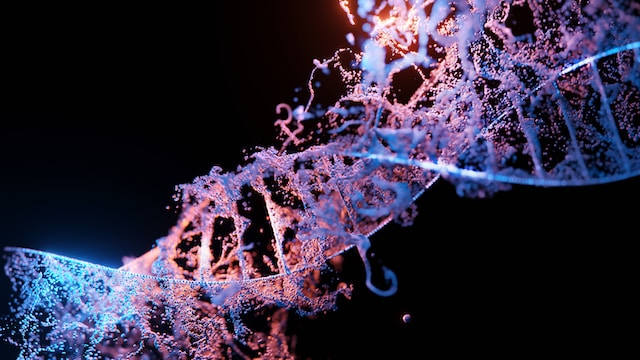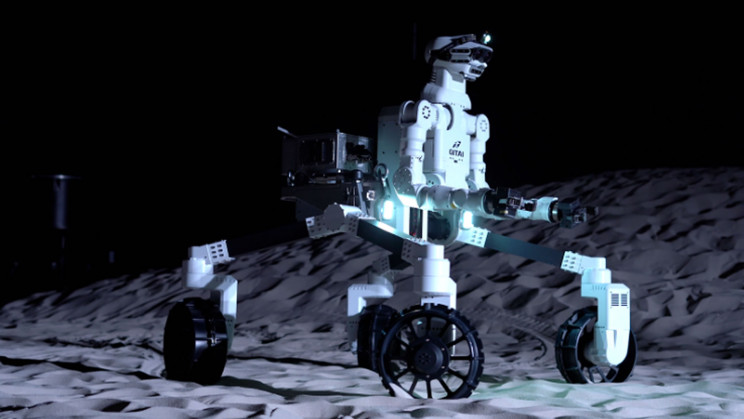Noninvasive methods are particularly valuable in neuroscience as they eliminate the need for invasive procedures that can disrupt normal brain function and pose potential risks. Various techniques, such as Magnetic Resonance Imaging (MRI), ultrasound imaging, and optical systems, have been employed to study brain activity and gene expression patterns. However, due to our brain’s complex structure, these methods often face limitations like low sensitivity, difficulty in imaging deep brain regions, or limitation of multiplexing.
Researchers have developed a non-invasive, sensitive method to help them understand brain function, behaviors, and neurological diseases. First introduced in Nature Biotechnology, this method will employ engineered reporters called released markers of activity (RMAs), which can exit the brain into the blood for easy detection, in order to monitor gene expression dynamics in the brain.
In order to perform the experiments, first, Rice University researchers used mice, taking advantage of different strains and plasmid constructs (AAV-hSyn-RMA, AAV-Gfa-RMA, AAV-Fos-RMA).
Then, they conducted more cell culture experiments using PC-12 cells and rat cortex-derived astrocytes and performed crucial steps involving protein purification from E. coli cells and AAV vector production in HEK293T cells.
Next, stereotaxic injections were performed in specific brain regions using precise coordinates and controlled conditions before they assessed the effects of the substances introduced using multiple methods. Finally, the researchers validated their findings with statistical analyses before visually presenting results via Adobe Illustrator.
In the study, to detect brain gene expression, the researchers investigated the RMAs and found out about their ability to cross the blood-brain barrier and remain in the blood for hours. Next, they injected Gluc-RMA and GFP into mouse brains, only to detect significant signal increases.
Additionally, the RMAs successfully tracked early Fos expression and were connected to non-invasive measurement of neuronal activity, magnificently improving bioluminescence imaging.







